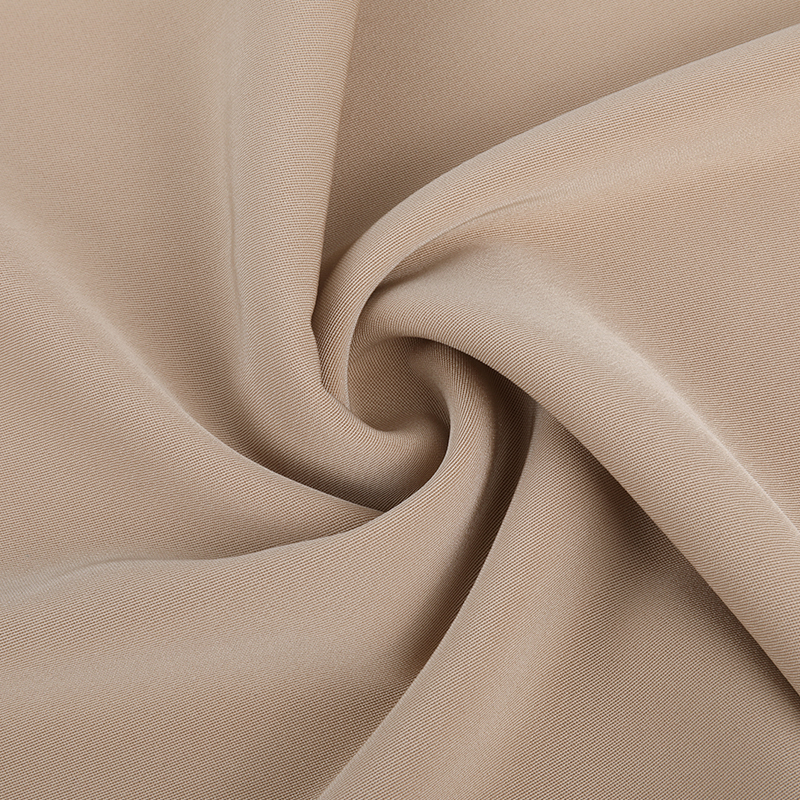If you are interested in some of our products, please feel free to visit our website or contact us for detailed information.

Imitation acetate fabric is a silk-like fabric that's made from the same materials as silk, but it's much more affordable. You'll find it in a variety of colors and styles, making it ideal for a range of outfits. It's also highly resistant to shrinking and has a smooth feel that mimics silk.
Acetate is a synthetic fabric, but it can be mixed with natural fibers to make a more sustainable product. This blend can help reduce the amount of plastic microfibers that are released into ocean waters each time acetate is washed. These microplastics can harm fish and other creatures further up the food chain, so it's important to keep this in mind when choosing acetate garments.
A cellulose fiber, acetate is produced by reacting wood pulp with different acetic acids. The resulting cellulose flakes are melted in a solvent and spun into filaments. It's often combined with wool, silk, or cotton to make the fabric more durable. This semi-synthetic fabric is then used to make gowns, party dresses, ties, knitwear, lingerie, scarves, and more. Unlike other fabrics that are derived from plant material, such as cupro, viscose, and modal, acetate is a thermoplastic, meaning it can soften when heated and then return to its hardened state when cooled.
The process of acetate fabrication involves a significant amount of energy, and this can contribute to climate change. It's also important to consider how the acetate you buy was made before you choose it. For example, some of the chemicals used in the production process can be toxic to workers and the environment.
While acetate is a great alternative to silk, it's not as eco-friendly as other materials. Like other synthetic textiles, it can't biodegrade in a landfill or compost pile. And since acetate is mixed with natural fibers, it will take longer to break down than 100% synthetic fabrics.
It's also worth noting that acetate is not a sustainable choice for outerwear. It is not abrasion-resistant and can easily get damaged by sharp objects or rough surfaces. Therefore, it is best to use acetate only for indoor wear and to wash it regularly to prevent it from becoming brittle or worn down with frequent wear and tear.
Considering how popular acetate is, you might be surprised to learn that it's not as environmentally friendly as some other fabrics. For instance, it takes a lot of energy to turn nonrenewable fossil fuels into fabrics like cotton and polyester. Plus, fossil fuels are depleting at a fast rate and require massive energy-guzzling machines to extract them from the ground.
The good news is that acetate is recyclable, but it's only possible to recycle it when it has a high percentage of natural fibers. In the meantime, it's still better to purchase organic cotton or other more sustainable fabrics. It's also a good idea to upcycle your acetate garments when they're at the end of their life and to arrange for them to be recycled or properly disposed of.


 English
English 中文简体
中文简体 Español
Español Français
Français italiano
italiano








